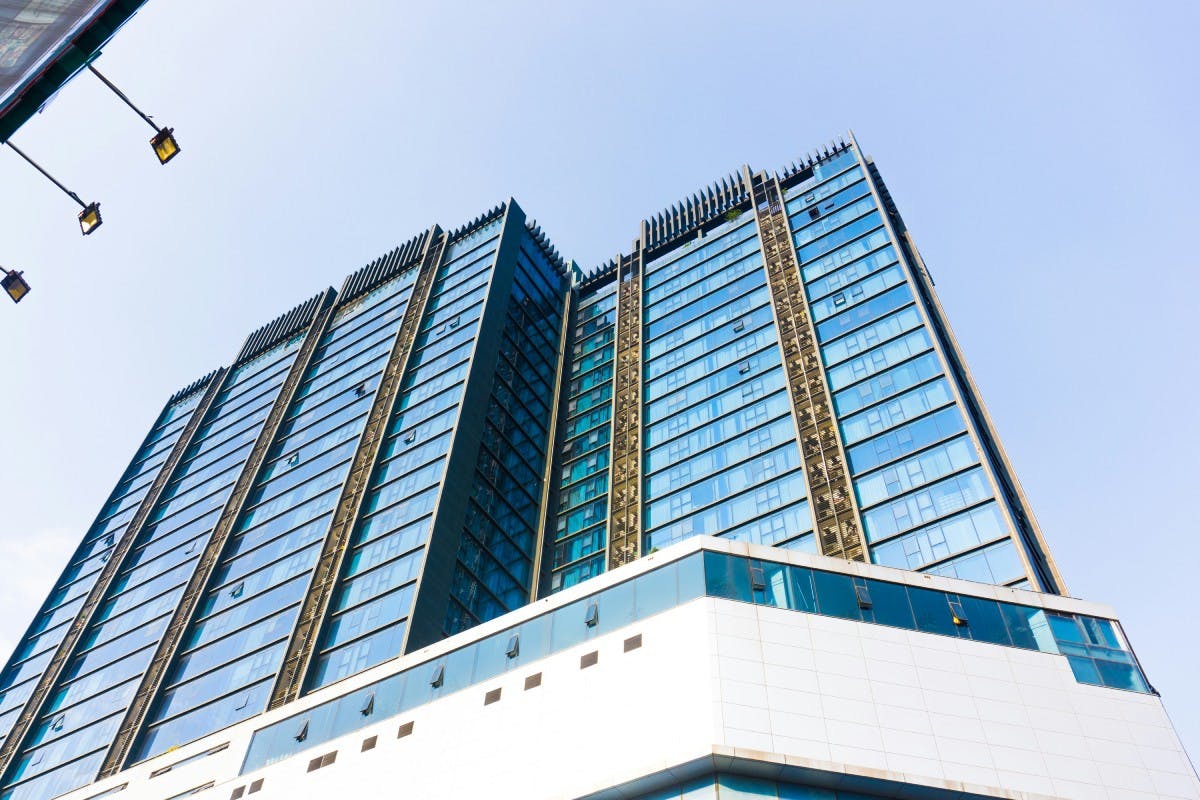Commercial
Investment in commercial property still popular, safe and smart
Published
23 October, 2018

If you’re an experienced property investor, you might already know this. Maybe you’ve reaped the tax rewards or had an easier time with the bank thanks to holding an investment in a suitable investment vehicle.
The following information is general in nature and should not be considered advice or a recommendation. You are strongly encouraged to seek professional advice before making any financial transactions.
Many of our investors in our syndicates are using their SMSFs to invest in commercial property – here’s why:
1. An SMSF Can Make Your Loan Assessment Easier
Instead of being assessed for a commercial loan as an individual, the bank will consider the income of all trustees of an SMSF. The combined income of you and your family members will provide a stronger case for approval, and open doors to stronger borrowing power and more robust investment opportunities.
It’s a similar principle to investing in a property syndicate, where the combined funds of multiple people will let you invest in a bigger, better asset.
2. Pay Off Your Loan Quicker
If you have an SMSF, you’re may be in the position to salary sacrifice any additional income into your super.
This means any additional funds entering your SMSF (i.e. from an employer or other streams) will be paid using pre-tax dollars. This is money you haven’t yet paid tax on and it can be used to pay down your loan.
This is a faster way to reduce your debt, rather than using income which has been eroded by tax.
3. Beat the Tax Man
Earnings which go into your SMSF (like rental income from a property or distributions from a syndicate) are taxed at the flat concessional rate of just 15%. If you’re like most people using an SMSF and still earning some sort of an income, there is a good chance this rate will be less than your marginal tax rate. That’s the first win.
The second win comes when an SMSF-owned commercial property is sold. If the asset has been held for over 12 months, then Capital Gains Tax of only 10% applies. This can be a huge tick for those selling an investment which has generated a large return but only has a small cost base.
And finally, if a member of an SMSF has just reached 60 years of age as a retiree (or the member is at least 65), any income received will be completely tax-free.
This is a basic example of what may take place, individuals’ personal circumstances should be taken into consideration and professional tax and investment advice sought.
4. If Your Business Occupies the Property You Can Pay Yourself Rent
If the commercial investment property is owner occupied, the SMSF will effectively become the landlord. So, the business may pay itself rent.
This means that the rent your business pays is tax deductible – another reason why an SMSF is so tax effective.
Increase Your SMSF Understanding to Reduce Your Risk
Investing using your SMSF comes with risks, so it’s wise to seek professional advice before your fund’s first investment. Here are a few need-to-knows…
Understand how SMSFs and prudentially regulated super funds differ
Many differences exist between operating your own superannuation fund and nominating your employer’s default industry or retail fund to look after your super (like BT Super or MLC).
One major variance is that an industry fund will monitor all the rules and regulations for you – you can rest comfortably without needing to stay up to date with changes to policy or laws.
But by using a self-managed super fund you are the one responsible of understanding the dos and don’ts set by the powers that be. And this is particularly true when using the fund for investing.
Know the costs
The total annual fees are likely to cost about $2,000 for a simply structured SMSF. A more complex fund may cost from $2,000 to $5,000, but online administrators are helping bring these charges down. Online providers can offer services for seriously cheap (although many still prefer bricks and mortar financial experts to set up and audit their fund).
Your financial planner will set the price but, from what we’ve seen, the average cost to set up a DIY super is about $2,500. There are establishment costs on top of this, and they range from around $1,000 to $1,500 (inclusive of the $479 ASIC Incorporation Fee). ASIC is an important party to consider; as they set the regulations your super must comply with.
Speaking of…
Understand the rules
ASIC has a tight set of regulations governing SMSFs which hold commercial property. For example, the property:
- Must meet the ‘sole purpose test’ of solely providing retirement benefits to fund members.
- Must not be acquired from a related party of a member.
- Must not be lived in by a fund member or any fund members’ related parties.
- Must not be rented by an individual fund member or any fund members’ related parties.
These rules can be found on ASIC’s MoneySmart website, but there are many other important factors to note when committing to setting up an SMSF. So, once again, consult a professional when you do.
Some of our syndicate members use their SMSF when investing alongside us. We have a network of experts to simplify the process for both new and experienced investors, so get in touch to find out how they can help you use your SMSF to invest in commercial property.



